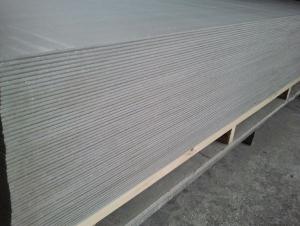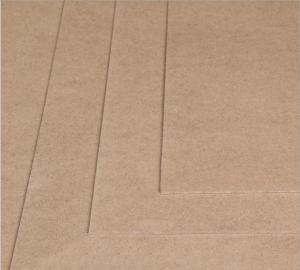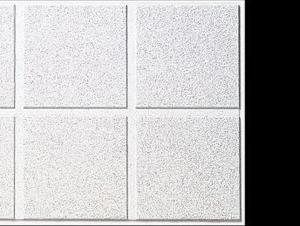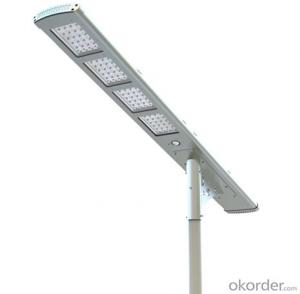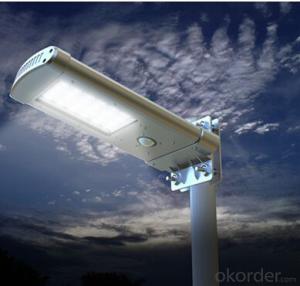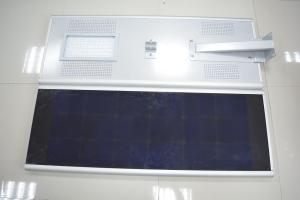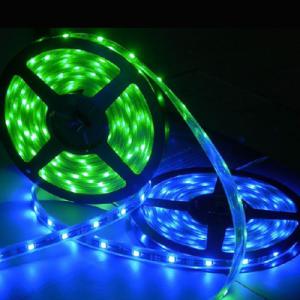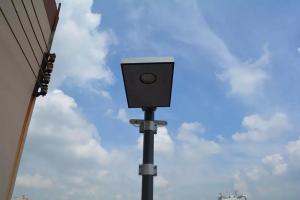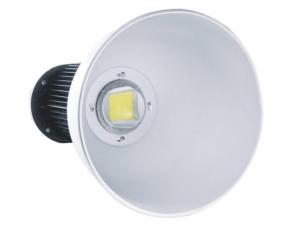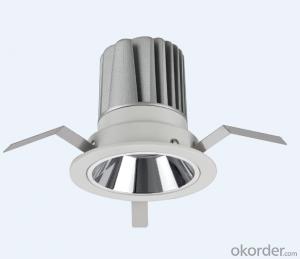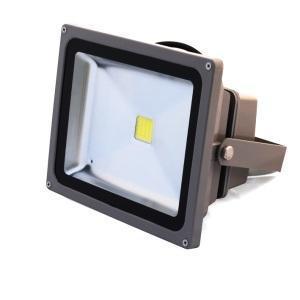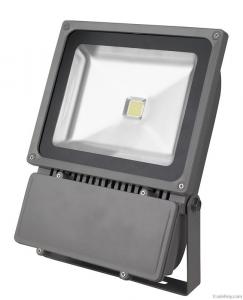Solar Light Inverter
Solar Light Inverter Related Searches
Led Light Bulbs For Ceiling Fixtures Led Lamps For Ceiling 42 In Ceiling Fan With Light Parts For Light Fixtures Light Projector For Christmas Grill With Led Light Bar Hanging Lights For Kitchen Bar Ceiling Lights For Sitting Room Ceiling Brackets For Lights Ceiling With Led LightsHot Searches
Price For Stainless Steel Scrap Scrap Price For Stainless Steel Price For Stainless Steel Price Of Shipping Containers For Sale Stock Price For Aluminum Air Pump For Aquarium Price Used Foam Board Insulation For Sale Bags Of Cement For Sale Types Of Temporary Side Panels For Cement Deck Magnesium Oxide Board For Sale Hdf Board For Sale sintra board for sale Solar With Inverter Price Pedestal Fan With Water Spray Price Price Of Scrap Stainless Steel Price Of Stainless Steel Scrap Price Of Stainless Steel High Mast Light Price List Solar High Mast Light Specification Used Foam Board Insulation For SaleSolar Light Inverter Supplier & Manufacturer from China
Okorder.com is a professional Solar Light Inverter supplier & manufacturer, offers integrated one-stop services including real-time quoting and online cargo tracking. We are funded by CNBM Group, a Fortune 500 enterprise and the largest Solar Light Inverter firm in China.Hot Products
FAQ
- Yes, a solar inverter can be used in three-phase systems. Three-phase systems are commonly used in industrial and commercial applications, and solar inverters are available in both single-phase and three-phase configurations to accommodate these systems. The three-phase solar inverter converts the direct current (DC) generated by the solar panels into alternating current (AC) that is compatible with the three-phase power grid.
- A solar inverter handles voltage fluctuations by constantly monitoring the input voltage from the solar panels and adjusting its output voltage accordingly. It maintains a stable output voltage even when there are fluctuations in the input voltage, ensuring that the electricity generated by the solar panels is suitable for use in the electrical grid or for powering appliances.
- Yes, a solar inverter can be used with micro-inverters. In fact, it is a common practice to combine a central solar inverter with micro-inverters in a solar system. The central inverter is responsible for converting the direct current (DC) power generated by the solar panels into alternating current (AC) power, while the micro-inverters optimize the power output of each individual solar panel. This combination allows for increased efficiency and flexibility in managing the solar system.
- Yes, a solar inverter can be used in standalone systems. Standalone systems, also known as off-grid systems, are not connected to the main power grid and rely on alternative energy sources such as solar power. In these systems, a solar inverter is essential as it converts the direct current (DC) generated by the solar panels into alternating current (AC) which can be used to power household appliances and other electrical loads.
- A solar inverter handles islanding detection by constantly monitoring the electrical grid. If it detects that the grid has been disconnected, it initiates a process to disconnect itself from the grid to prevent an islanding event. This is typically done through the use of advanced algorithms and protective mechanisms to ensure the safety and stability of the electrical system.
- Yes, a solar inverter can be used with a solar-powered educational system. A solar inverter is an essential component that converts the direct current (DC) produced by solar panels into alternating current (AC) that can be used to power electrical devices, including educational systems. By using a solar inverter, the solar energy generated by the system can be efficiently utilized for educational purposes.
- The typical efficiency ranges for different types of solar inverters vary depending on the specific technology and design. However, in general, string inverters have an efficiency range of around 95% to 98%, while microinverters tend to have an efficiency range of about 96% to 99%. On the other hand, central inverters have a wider efficiency range, typically ranging from 95% to 99%. It's important to note that these efficiency ranges can also be influenced by factors such as temperature, load, and design variations among manufacturers.
- Solar inverters are highly efficient, with most modern models achieving efficiency levels of 95% or higher. This means that they can convert a significant amount of the DC power generated by solar panels into usable AC power for homes and businesses, minimizing energy losses and maximizing the overall efficiency of the solar system.
